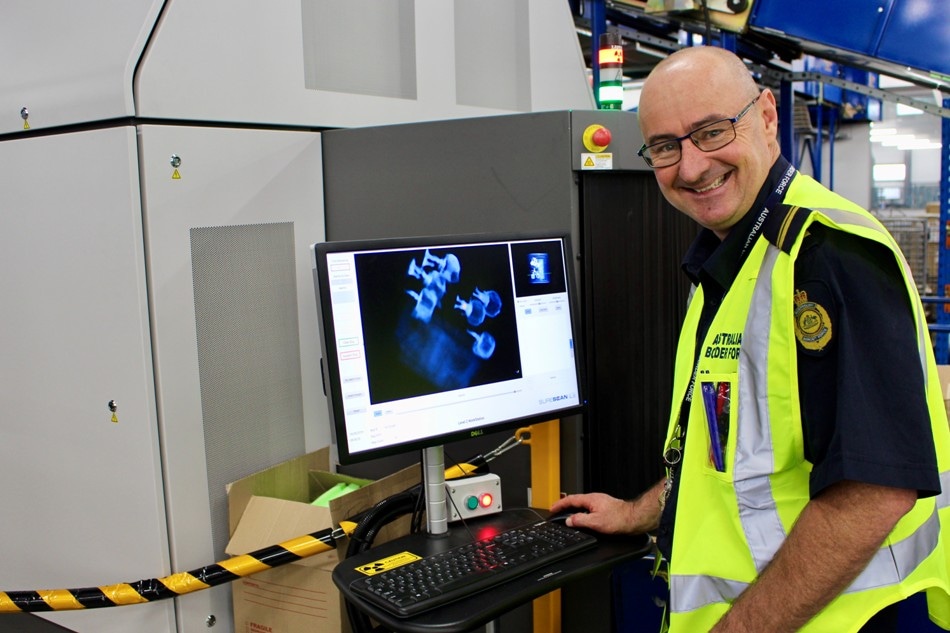Nov 15 2019
The Australian Border Force (ABF) and the Department of Home Affairs have installed a new high-tech 3D scanning machine at the Melbourne International Mail Gateway Facility, bolstering the ABF’s ability to detect prohibited items – including explosives – arriving through the international mail.

The machine, known as a 3D Computed Tomography (CT) scanner, will be trialled until March 2020. The trial forms part of a larger $294 million Government security initiative to strengthen security at airports, international mail and air cargo facilities.
The initiative was announced in 2018, following the successful disruption of a terrorist plot against Australian aviation in 2017.
Department of Home Affairs Assistant Secretary of Operational Capability, Belinda Duffy, said the CT scanner is a vital piece of equipment for the ABF, as investment continues in technology to strengthen Australia’s border security.
“The CT scanner is designed to assist in the automatic detection of security threats, and is also internationally certified as an Explosive Detection System,” Assistant Secretary Duffy said.
“The main purpose of the trial is to enhance our existing ability to detect threats, including potential explosives, in the screening of inbound international mail items. If successful, the trial will lead to a sector that is even more secure.”
“Our intention is to consider rolling out additional scanners across other facilities next year once the trial is complete.
“We are absolutely committed to protecting the Australian community, and it is critical that we continue to invest in and deploy new technology to remain ahead of the evolving threats that we face at the border,” Assistant Secretary Duffy said.
The use of 3D CT scanners at airports has been rising worldwide, including in Australia. This is due to their improved automatic threat recognition algorithms, enhanced imaging information and the ability to interrogate captured images in both a 2D and 3D view and advanced image manipulation capability.
The unit being trialled is a SureScan x1000, and is the first of its kind deployed by the ABF to be integrated in mail screening operations for the detection of explosives, narcotics, weapons and other prohibited imports.
Technology upgrades aim to effectively address the increasing sophistication of explosives and other threats being detected within mail and cargo screening.
In addition to the ABF’s efforts, the Department of Agriculture is simultaneously trialling a similar model of the CT scanners to screen for biosecurity threats at the border.